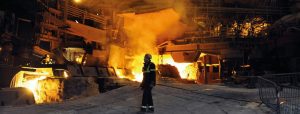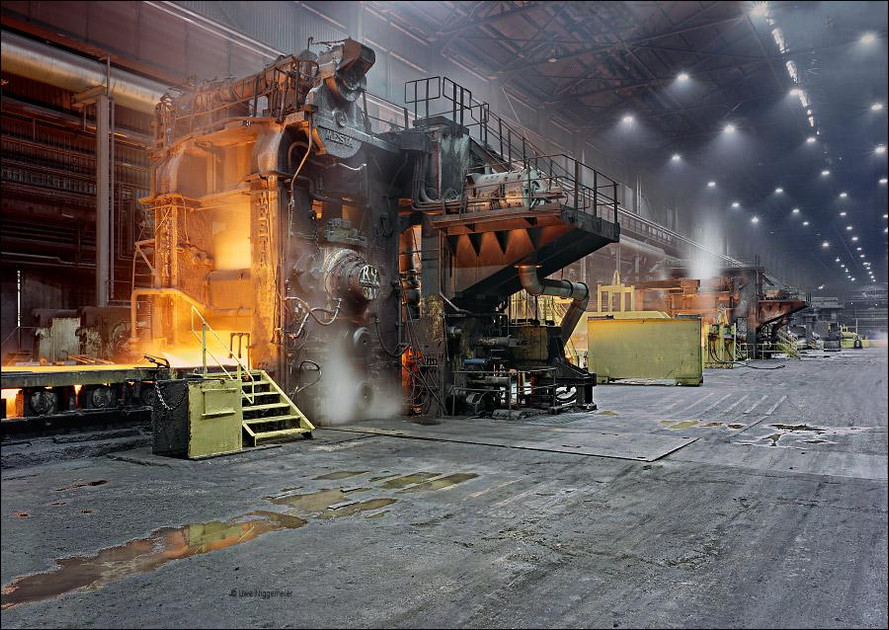The Importance of Working Temperature in LED Lighting
By Leah • Jul 15, 2019
Illumination is the main purpose of using light bulbs, but light is not the only energy consideration we need to make. In industrial settings, lighting can cumulatively create serious amounts of heat. In already high temperature working environments, this can be problematic. Even in room temperature environments there are issues. Here's how LED can benefit.
Do LED Lights Emit Heat?
High intensity discharge bulbs such as metal halide and high pressure sodium lamps work by creating an arc of electricity between electrodes. This arc burns metal compounds within a glass encasement which is tempered by an inert gas. As with fire, this arc of electricity creates light, but also creates a lot of heat.
In industrial settings, HIDs need to be very bright. To achieve this brightness, they need an intensity which creates temperatures of up to 2000 °F. They use highly reinforced glass casings to withstand this temperature. High pressure sodium bulbs will reach about a quarter of this temperature, which is still very hot.
Essentially, the higher the wattage used in a light bulb, the higher the working temperature will be. LED light bulbs work at about a quarter again of high pressure sodium bulbs which means they are a fraction of the temperature of metal halide bulbs.
Do LED Lights Work at High Temperatures?
High intensity discharge bulbs require reinforced glass to withstand the extremely high temperatures created by their light arcs. LEDs do not need such reinforcement as the comparatively very low current which goes through them does not generate anywhere near the same amount of heat.
However, when the ambient temperature of the room combines with the current (however minimized it may be), there may be issues with the performance of the LED. It is a fair point to make, but it is also one which can be easily remedied.
Heat sinking material is material (usually made from metal) which is put round the bulb to keep it cool when needed. It cools via conduction. Even in a place like a steel mill, the ambient temperature in summer is not going to rise above the 122+°F working temperatures of OEO LED lights. If they do, the lights will still work (although at diminished capacity) or heat sinking can be used to keep them at optimal capacity.
With HIDs, the higher temperatures created within the bulb combined with high ambient temperatures are dangerous. This is why they are required to be so heavily reinforced. If heat and or pressure becomes too much, they can explode. This is why so many safety precautions are in place to prevent workplace accidents.

Are LEDs Better in Hot Working Environments?
Thermal stress is a danger for any bulb, but the repercussions of HIDs can be violent and dangerous. For LED lighting, there is a very low risk of explosion and the likely result will be diminished functioning of the bulb.
LED lighting has many advantages over HIDs and other rival lighting technologies, especially in terms of cost effectiveness, energy efficiency, safety and adaptability. While heat can be an issue for LEDs, it is not a prohibitive one and the use of heat sinking and reinforced casings means they are suitable for high temperature environments. In fact, due to better durability in the face of pollution and chemical exposure, they still work amazingly well in hazardous environments.
While LED can be affected by heat, it is not to a detrimental extent when we consider the safeguards in place. It is only a small negative which is in consequential when considering the vast positives which come with their use.
